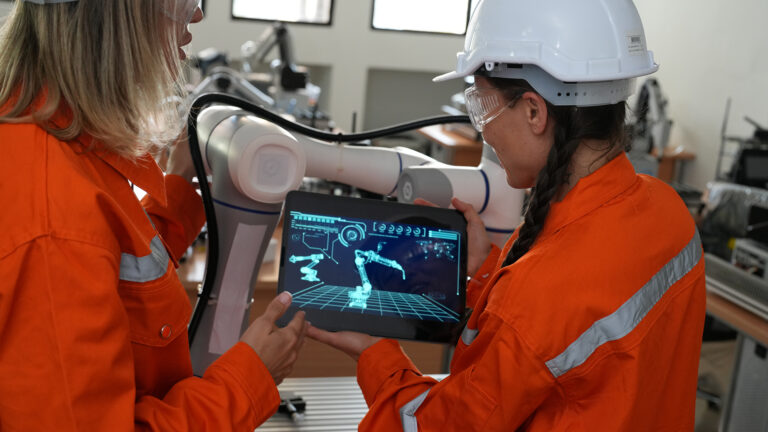Volatility in global markets, changes in shipping routes and increasing vessel sizes challenge terminal operators to adjust to dynamic volumes and increases in container traffic. Supply chains demand faster response times, as well as better coordination between truck, rail and terminal operators.
With all this additional pressure on berthing, truck and rail operations, there is a growing need for digital or "Industry 4.0" technologies, such as the Internet of Things (IoT), machine learning and artificial intelligence (AI). These will play an increasingly important role in meeting these challenges, in part because they will enable terminal automation, which in turn will provide greater flexibility and operational cost savings.
Fortunately, today it is possible to simplify the digital transformation of terminal operations by consolidating many of these digital applications onto a single secure wireless network, which will lay the foundation for greater automation and significant productivity gains.
Current LTE and emerging 5G technology have the features and capabilities to meet the needs of many terminal applications and use cases. In addition to reducing the operational and capital costs associated with purchasing, installing and operating multiple networks, consolidation into a single network technology will also reduce complexity and increase the reliability and security of terminal communications.

What is the current situation of port terminals and how can the private LTE network help them?
Over the past few decades, most terminals have deployed a variety of wireless network technologies. These applications include professional mobile radio based on TETRA or P25, wireless technologies to support machine-to-machine (M2M) communications, low power wide area (LPWA) networks, IoT and transponder networks for automated guided vehicles (AGVs).
Although most of these wireless technologies have specific applications for wireless data communications and, in particular, to support the terminal operations system (TOS), most port terminals today have implemented wifi. An LTE service from a mobile network operator, such as that provided by Nokia, can be leveraged as an alternative for general wireless data communications.
As a result, a port terminal can host five or even more distinct wireless networks. This fragmentation of wireless systems would be simplified with today's LTE technology, as it would function as a converged platform for mission-critical voice, data and video services. In addition to mobile broadband, the latest version of LTE has also implemented NB-IoT and LTE-M to support M2M communications, IoT sensors and other low-power devices.
Consolidation into a single wireless network will not only expand the use cases of current terminal operations, but also enable new next-generation applications. Unlike mobile network operators' public LTE services designed to serve the masses, an LTE network in a port terminal is privately deployed for the exclusive use of the terminal operator. It is tailored to meet specific use cases and coverage requirements.
Terminal operations cannot afford communication interruptions as container handling machinery moves around the property and traverses constantly changing topography. The mobility inherent in terminal activity, radio reflections caused by the metal surface of containers, and interference with neighboring wireless networks challenge existing wireless systems (such as wifi) for reliability and predictability.
So, what are the advantages of private LTE networks?
- Unified wireless networks of adaptable size
- A network prepared for future technological developments
- Up to 800 connections per AP.
- Good interference management.
- Reliability (QoS) and security.
- Prioritization of services, e.g., data over voice.
- High capacity and high-speed mobility of autonomous vehicles.
- Increased operating efficiency due to better loading performance.
What are the main economic benefits?
- Reduction of TCO for voice communications, unifying PTT and automations.
- For an average operation, more than 80,000 additional containers per year, by improving operational efficiency by sending digital instructions to the operation.
- Semi-automated container operation, at least 7% increase in productivity.



